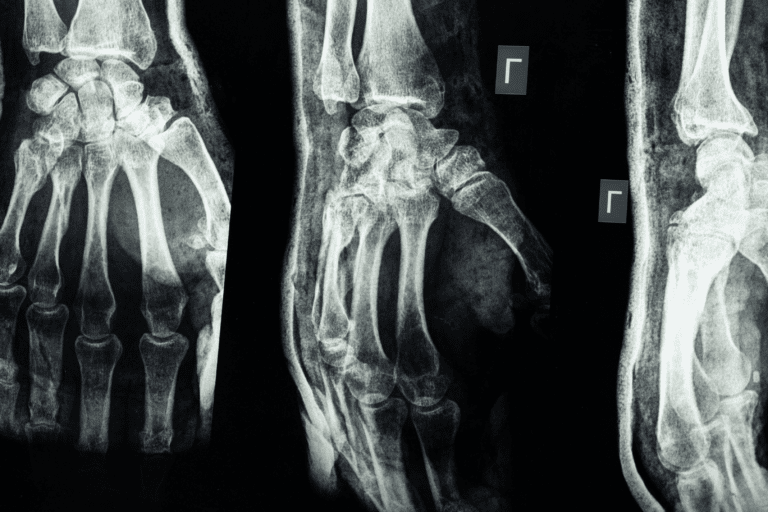Understanding Life Insurance Dividends from Life Insurance Policies
Life insurance dividends play a pivotal role in the benefits of life insurance policies offered by mutual life insurance companies. These companies, distinct in their structure and operation, prioritize policy owners’ interests over stockholders’. Here’s an in-depth exploration of dividends in this context.


Mutual Life Insurance Policy: A Unique Structure
The structure of a mutual life insurance company sets them apart, as they make decisions with a long-term view favoring policy owners. This unique foundation is the bedrock of their financial robustness, contributing significantly to their sustained profitability over a century.
Factors Influencing Whole Life Insurance with Dividends
Three primary factors determine the dividends policy owners receive from whole life insurance policies:
- Mortality Rates:
- Impacting the profitability and subsequently, the whole life insurance dividends.
- Corporate Expenses:
- Affecting the overall revenue available for the life insurance dividend.
- Investment Returns:
- Playing a crucial role in determining the surplus for payouts.

Stability and Distribution of Dividends from the Insurance Company
The multifaceted origins of dividends from mutual companies bolster their stability. With a track record of over a century, these dividends remain a consistent feature, catering to various financial goals and preferences.
Diverse Dividend Utilization
Policy owners have multiple options for utilizing dividend paying life insurance tailored to their financial objectives:
- Premium Offset: Dividends can offset premiums, reducing out-of-pocket costs.
- Paid Up Addition: Reinvesting dividends to acquire additional insurance, enhancing both death benefits and cash values. This can be seen as a valuable “life benefit.”


Tax Benefits of Dividends
Dividends hold a unique tax advantage:
- Tax Treatment: Considered a return of premium, dividends aren’t classified as income by the IRS until they surpass contributions or tax basis. Cash dividends, until this point, remain non-taxable and non-reportable to the IRS.


Strategic Consideration
Purchasing a whole life policy from a mutual life insurance company emerges as a viable financial strategy. The potential benefits, both in terms of long-term financial security and tax advantages, make it a prudent consideration.
Noah Kelsch
FAQ
Q: What are life insurance dividends, and how do they work in life insurance policies?
A: Life insurance dividends are a portion of the insurer’s profits that are distributed to policyholders. They are typically paid to policyholders of participating whole life insurance policies and can be used in various ways, such as cash payments, premium reductions, or policy enhancements.
Q: What are some potential benefits of receiving dividends in a life insurance policy, as mentioned in the article?
A: Benefits of receiving dividends may include the ability to offset policy costs, enhance the policy’s cash value, provide additional income, and increase the overall value of the life insurance policy over time.
Q: How can policyholders make the most of their life insurance dividends and maximize the advantages they offer?
A: Policyholders can maximize dividends by discussing options with their insurer, considering reinvestment or premium reduction strategies, and regularly reviewing their life insurance policy to ensure it aligns with their financial goals.







